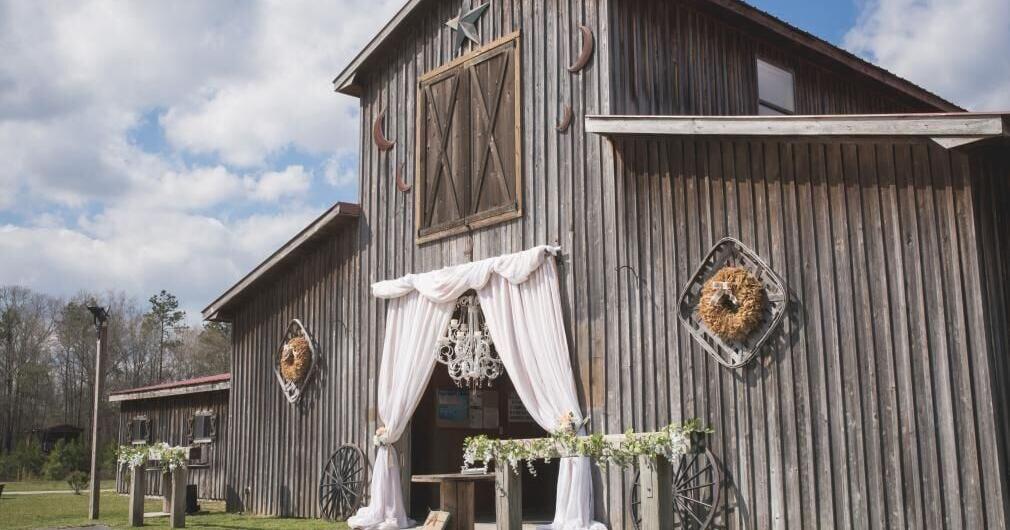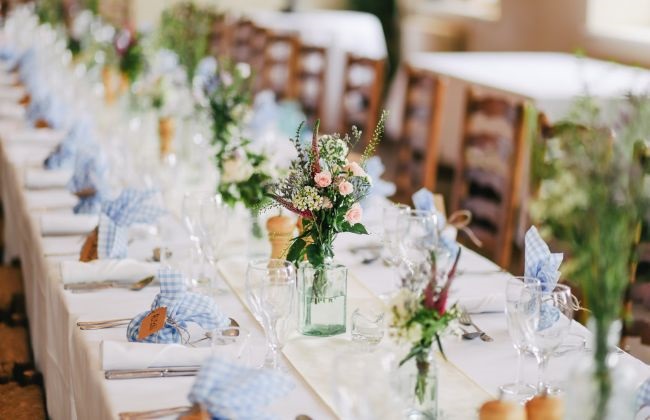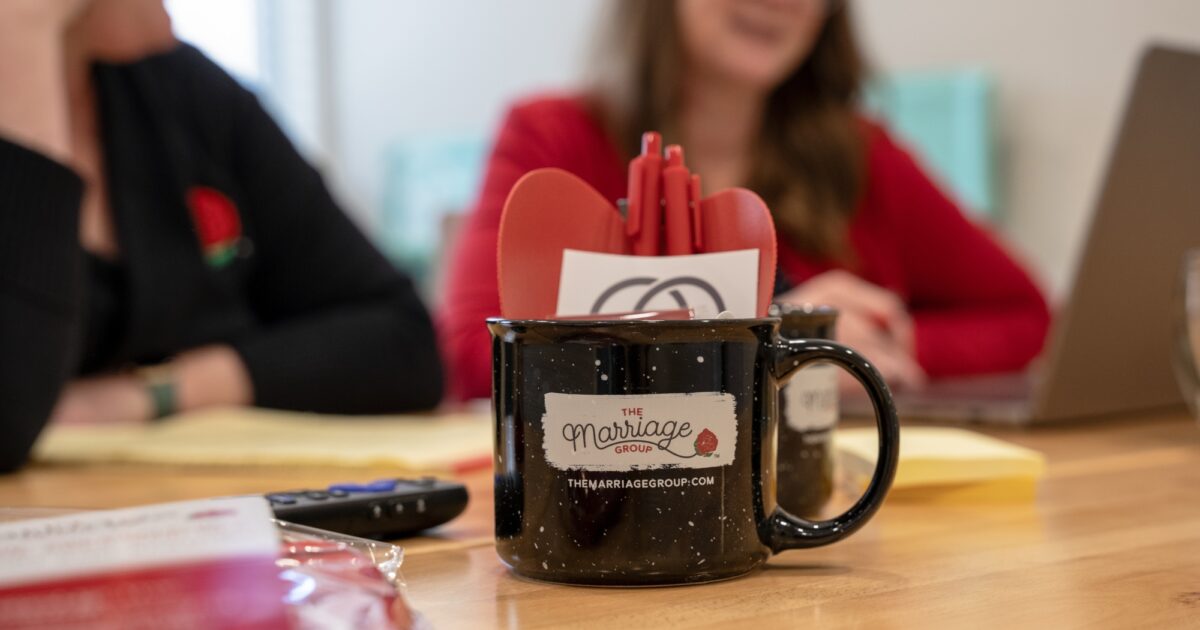Toen Sylvea en Puneet in juli 2021 hun bruiloft begonnen te plannen, waren ze niet nieuw in de evenementenbranche: na jarenlang jaarlijkse Halloweenfeesten te hebben …
Een niet-traditionele huwelijksreceptie met eetkraampjes en een bodega


Toen Sylvea en Puneet in juli 2021 hun bruiloft begonnen te plannen, waren ze niet nieuw in de evenementenbranche: na jarenlang jaarlijkse Halloweenfeesten te hebben …

Bruiloften zijn van groot cultureel en historisch belang, doordrenkt van traditie, maar zijn die gebruiken aan het veranderen? Huwelijksvieringen zijn geëvolueerd, waarbij paren onconventionele trends …

Hij is een gedreven ondernemer, zij een advocaat die model is geworden. Samen vormen Umar Kamani en Nada Kamani een behoorlijk krachtig paar, en na …

Yumi Katsura, de eerste bruidsontwerper die in Japan verwesterde bruidsjurken maakte, stierf op 26 april in haar thuisland. Katsura, 94, stierf in haar huis in …

Yumi Katsura, de eerste bruidsontwerper die in Japan verwesterde bruidsjurken maakte, stierf op 26 april in haar thuisland. Katsura, 94, stierf in haar huis in …

Bij het shoppen voor je trouwjurk is het net zo belangrijk om na te denken over wat je eronder draagt als over de jurk zelf. …

Het trouwseizoen is bijna aangebroken. Nu het dichterbij komt, zijn veel stellen momenteel op zoek naar locaties, menu’s en al het andere dat hoort bij …

Vertaald door Roberta HERRERA Gepubliceerd 27 april 2024 Kort na zijn debuutshow op de bruidsmodeshow vond Giambattista Valli troost in een van de bovenkamers van …

In 2009 lanceerden een paar lokale katholieke ondernemers The Marriage Group, die toegankelijke, online videocursussen voor pre-Cana en natuurlijke gezinsplanning aanbiedt die uitgebreide huwelijksverrijking bieden …

Vertaald door Roberta HERRERA Gepubliceerd 24 april 2024 Pronovias begint aan een nieuw hoofdstuk. Na de overname door Bain Capital en MV Credit een jaar …